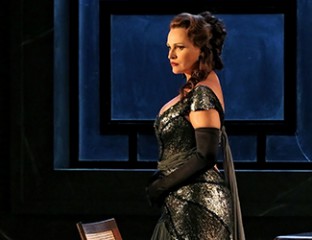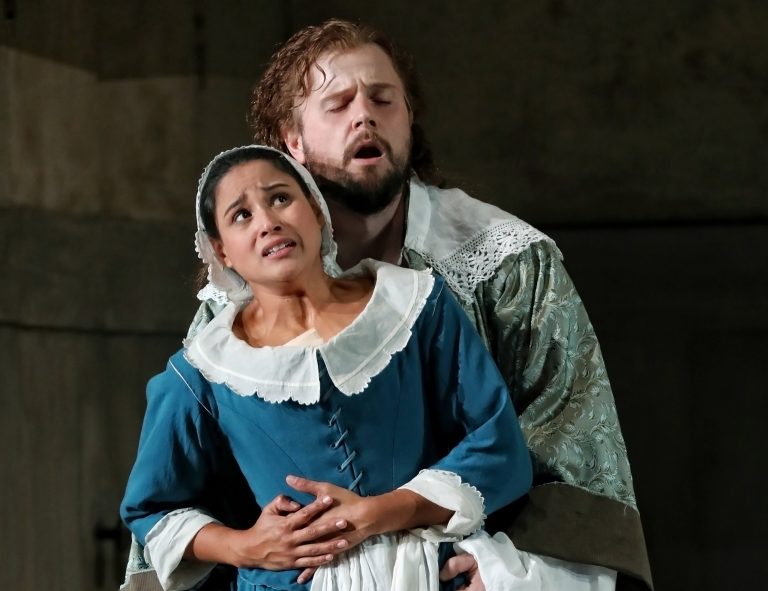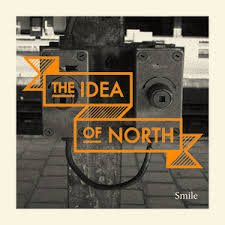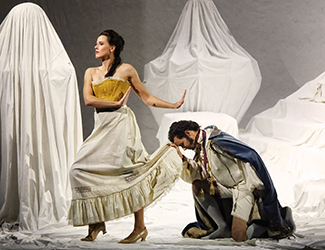Opera Review: Tosca/ Opera Australia
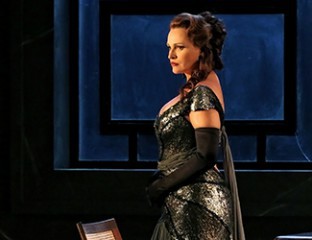
Photo credit: Prudence Upton
It was a night of powerful singing and strong dramatic performances when John Bell’s production of Puccini’s Tosca for Opera Australia under revival director Roger Press, opened its third Sydney season last week.
Spanish soprano Ainhoa Arteta was a compelling Tosca and Romanian tenor Teodor Ilincăi, a fine Cavaradossi. However, it was Lucio Gallo who had the more dramatically demanding role and who was at his malevolent best as Scarpia – a role that he has perfected over many years. (I had the good fortune to see him as Scarpia at the Royal Opera in 2008, when Jonas Kaufmann made his debut as Cavaradossi, conducted by Sir Antonio Pappano). The libretto for Puccini’s Tosca, by Giuseppe Giacosa and Luigi Illica, was based on Victorien Sardou’s play La Tosca, written in fact, for Sarah Bernhardt.
In this John Bell production, Puccini’s original Roman setting has come forward in time from 1800 to a Rome occupied by Nazis. It is a credible transformation in style and politics and the intense narrative is greatly enriched by Bell’s subtle theatrical touches.
Bell uses the existing elements to build the layers of the tale, and so the children’s chorus is portrayed as a band of Nazi youth not choristers; the escapee Angelotti wears the garb of the concentration camp; Tosca drapes the body of Scarpia in the Nazi flag and the shepherd-boy and his family, seen at the beginning of the third act, wear garish yellow stars as he and his family are depicted as deportees. The Te Deum at the end of Act 1, one of the most thrilling in all opera, is a chilling mix of the sacred and the profane as the Nazi salute is delivered in the sanctity of the magnificent Italianate church of S Andrea della Valle.
Arteta and Ilincăi work well together and create an entertaining chemistry in the first act with perfect timing and buffo moments that raise laughs from the audience despite the impending sense of doom. Their voices are well matched in strength and tone and their first act duet is sheer delight. Arteta sings with a fulsome vibrato that is able to express Tosca’s anguish yet float the most poignant of tones as Mario is released from his torture chamber. She ends her showstopper aria Vissi d’arte with a perfectly controlled messa di voce. In Tosca, Puccini created a varied and demanding character whom Arteta deftly portrays with great dramatic flair.
Ilincăi’s tenor is a robust voice with a gorgeous ring in the upper register, showcased of course in his showstopper, Recondita armonia, but also on display in his declamatory Vittoria! Vittoria!, pulling back to supreme tenderness in O dolci mani.
Lucio Gallo is a seasoned performer of the role of Scarpia and perhaps one of the best of our time. He uses his rich baritone voice to play the volatile predator to perfection, spiked with a bullying sneer and a mocking lift of the eyebrow. His delivery of Va, Tosca! and Già, mi dicon venal are pure evil.
The remaining solo roles are played with aplomb by Luke Gabbedy as the bumbling Sacristan, Richard Anderson as the fugitive Angelotti, Graeme Macfarlane and Adrian Tamburini as Scarpia’s despicable henchmen Spoletta and Sciarrone and Anthony Mackey as the Jailer. Special mention must go to Adrian Escudero-Genc whose unflinchingly steady, clear treble voice rings out as the Shepherd Boy with plaintive beauty.
The Opera Australia Chorus appears briefly in Act 1 sounding sumptuous and convincingly playing members of a community in terror of its occupiers.
In Wagnerian style, Puccini uses a variety of musical motifs to depict characters and ideas in this luscious and theatrical score. Christian Badea unleashes the full force and talent of the Opera Australia Orchestra, drawing out Puccini’s sinuous melodies and rich instrumentation which contrast with the gritty brutality and pathos of the torture scene. Badea pays meticulous attention in the final act, to the sounds and location of the church bells of Rome creating a three-dimensional soundscape surrounding the Castel Sant’Angelo. One could well be standing on the ramparts of the castle as indeed Puccini did, listening to the bells of Rome from near and far as they take up their chiming in turn.
Without revealing too much, Bell has slightly altered the ending of the opera, which leaves a palpable sense of shock. Sets by Michael Scott-Mitchell, costumes by Teresa Negroponte and lighting by Nick Schlieper complete this superior production.
This revival production is a treat for opera lovers. For newcomers to opera, it is one that is both easy on the ear and easy on the eye.
Shamistha de Soysa for SoundsLikeSydney©
Tosca continues at the Joan Sutherland Theatre of the Sydney Opera House on selected evening and matinees till March 31.

